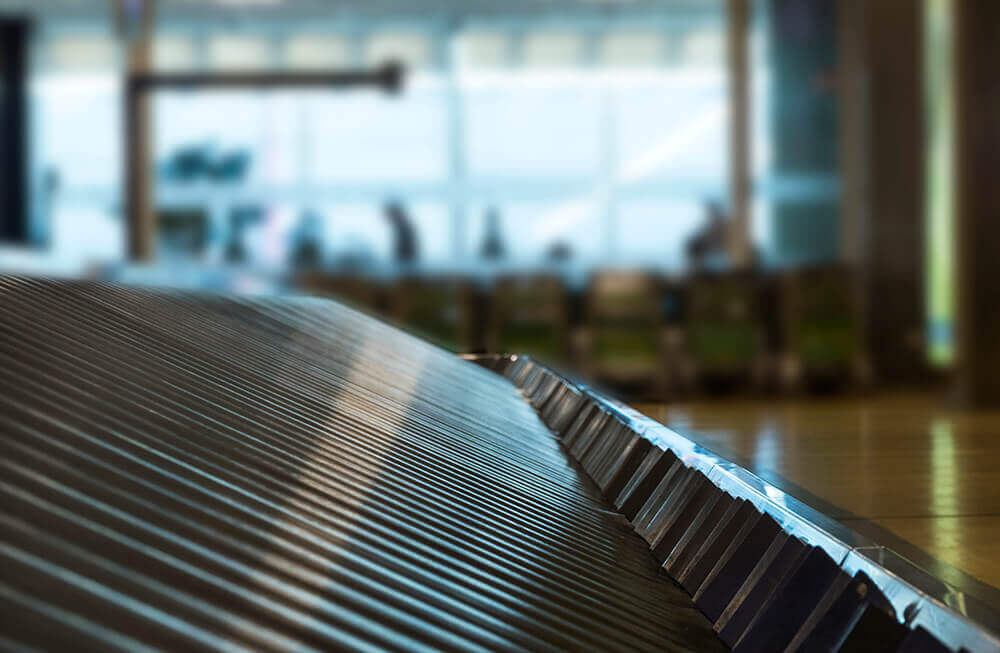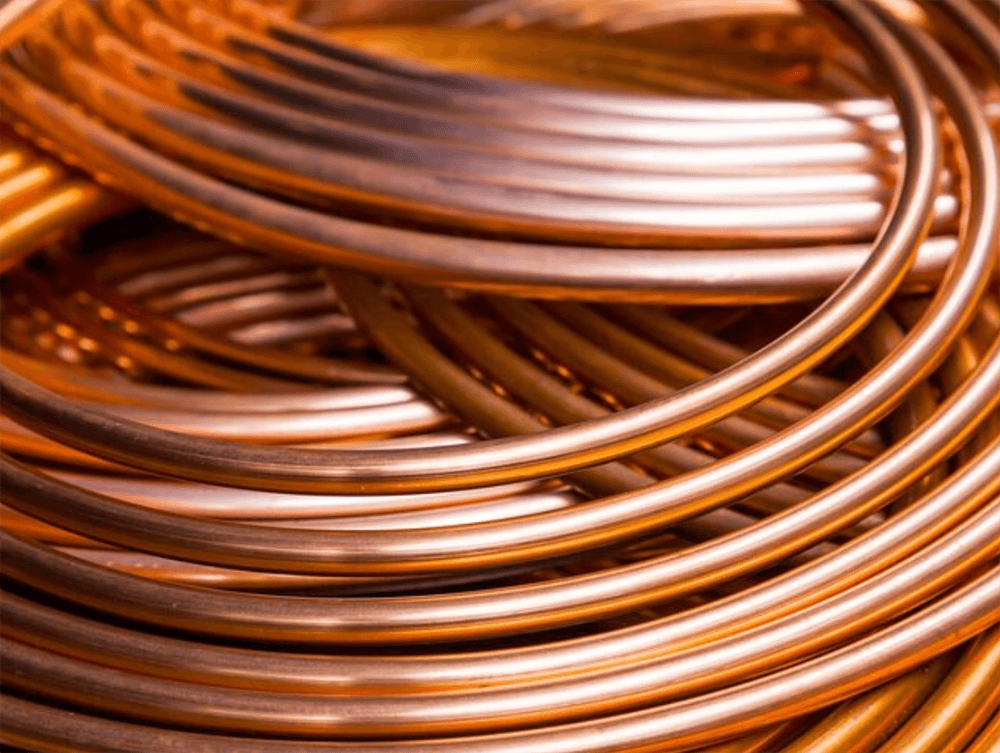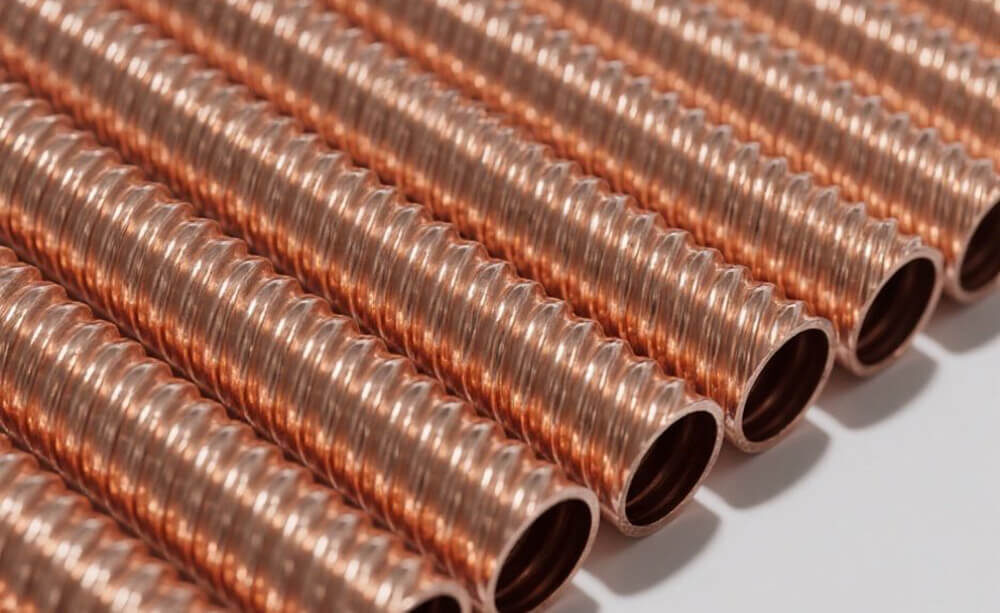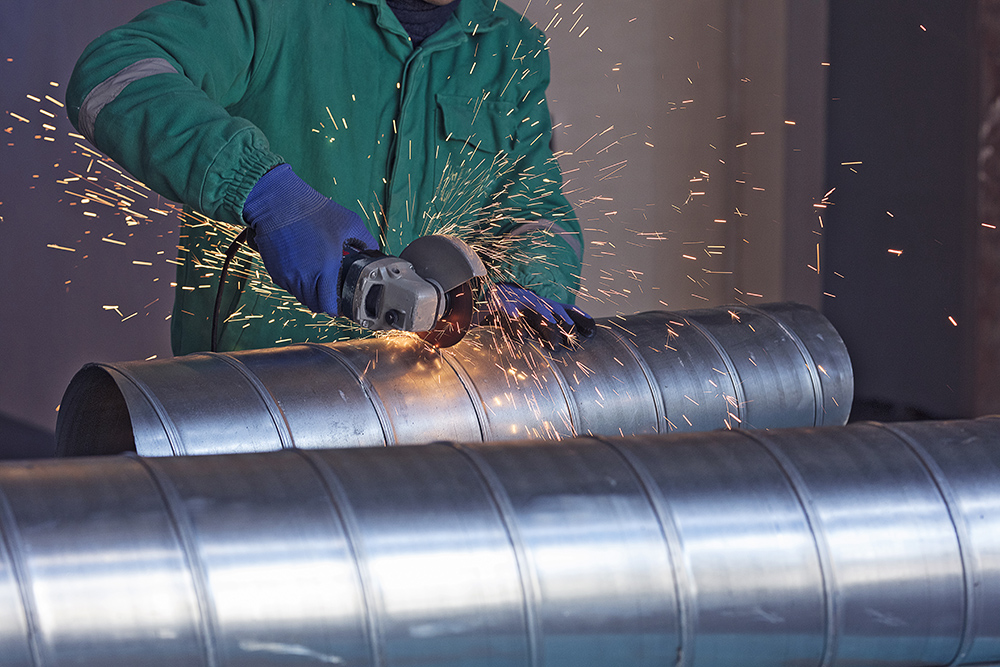Copper alloy condenser tubes refers to tubes made from alloys of copper and other metals that are specifically designed for use in the condensation process. Because copper and its alloys have excellent thermal conductivity, corrosion resistance, and processability, they are widely used as key components of condensers in applications requiring efficient heat transfer, such as power plants, air conditioning systems, refrigeration equipment, and desalination plants.
Features: Excellent Thermal Conductivity: Copper is a good conductor of heat, which helps to quickly transfer heat from the vapor to the cooling medium.
Good corrosion resistance: Copper alloys, especially copper-nickel alloys, exhibit good corrosion resistance in water and many chemicals, which is essential for the long-term stable operation of condensers.
Easy to process and connect: Copper alloys are easy to process, such as stretching, bending and welding, making it easy to manufacture condenser tubes in a variety of shapes and sizes and to connect them to other components.
Adequate mechanical strength: Able to withstand the stresses generated during condenser operation.
Common types of copper alloys used for condenser tubes
Pure Copper: Has the highest thermal conductivity, but may not be as resistant to corrosion as some alloys.
Brass – copper-zinc alloy: Good strength and some corrosion resistance at a relatively low cost.
Copper-Nickel Alloys: Especially the 90/10 and 70/30 copper-nickel alloys have excellent corrosion and scour resistance in corrosive environments such as seawater and are commonly used in ships and desalination equipment.
Aluminum Bronze: High strength and good corrosion resistance.
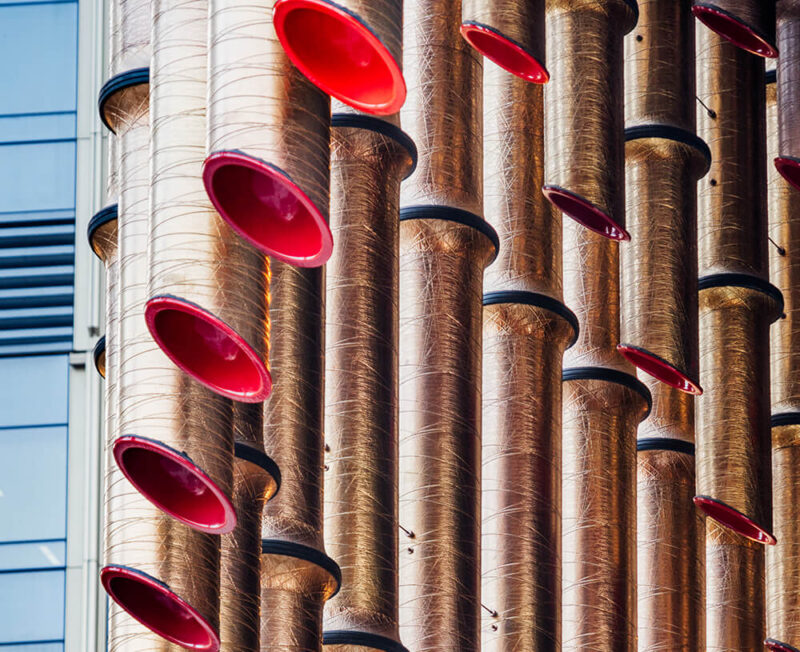
The quality of copper alloy condenser tubes is influenced by a number of key factors in the production process. These factors cover everything from the selection of raw materials to the final inspection. The following are some of the main influencing factors:
1. Quality of raw materials
Accuracy of alloy composition: The ratio of copper to other alloying elements must be strictly controlled to ensure that the mechanical properties, corrosion resistance and thermal conductivity of the final product meet the specifications. The level of impurities also needs to be strictly controlled as even minute amounts of impurities may adversely affect the properties.
Purity of raw materials: Raw materials should not contain excessive amounts of oxides or other inclusions, as these defects may cause cracks or other quality problems during subsequent processing.
2. Melting and casting process
Control of melting temperature: The melting temperature directly affects the uniformity and purity of the alloy. Too high or too low a temperature can lead to defects.
Casting process: continuous casting, squeeze casting and other different casting methods will affect the internal organization of the billet and surface quality. For example, grain size and homogeneity are critical for subsequent processing properties.
Protective Atmospheres: The use of appropriate protective atmospheres in the melting and casting process can reduce oxidation and improve the purity of the metal.
3. Cold drawing and heat treatment processes
Drawing process parameters: cold drawing of the channel, deformation, drawing speed and other parameters directly affect the dimensional accuracy of the pipe, surface finish and mechanical properties. Unreasonable drawing process may lead to uneven wall thickness, surface scratches or excessive internal stress.
Heat treatment process: annealing is an important part of the production of copper alloy pipe, can eliminate the internal stress produced by cold working, adjust the grain size, thus affecting the strength, hardness and plasticity of the pipe. Improper heat treatment temperature and time will directly affect the performance of the final product.
4. Finning process (if producing finned tubes)
Fin Material Selection: Aluminum or copper alloys are commonly used for fins, and their material and properties directly affect heat transfer efficiency and corrosion resistance.
Fin Forming and Connection: The shape, size, and spacing of the fins, as well as the way they are connected to the copper tubes (e.g., rolled, soldered, etc.) are critical to heat transfer performance. Firmness of connection and good thermal contact is the key to ensure efficient heat transfer.
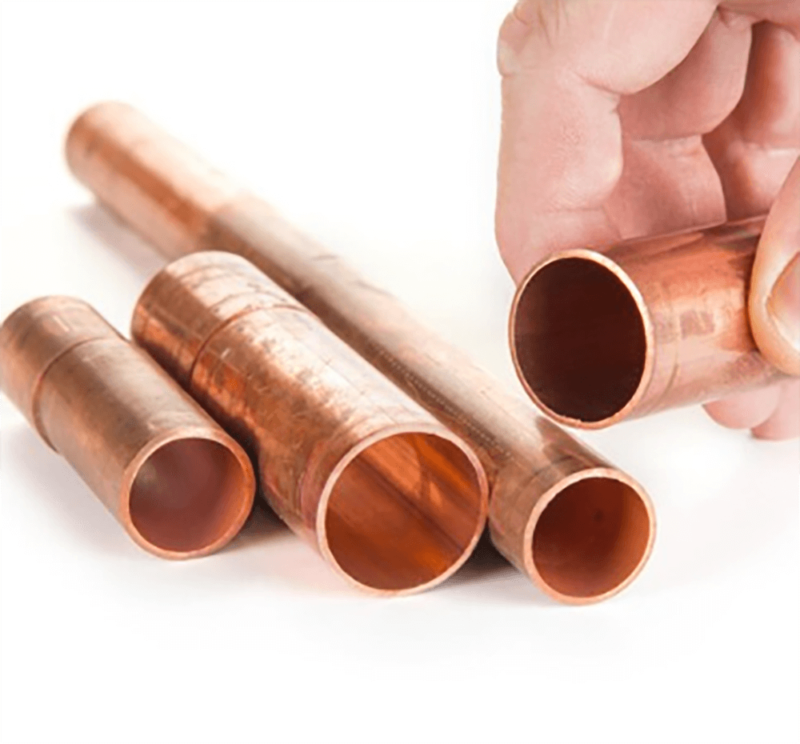
5. Surface treatment
Pickling and Cleaning: At different stages of processing, the tubes need to be pickled and cleaned to remove surface oxidized skin and dirt to ensure the smoothness of subsequent processing and the surface quality of the final product.
Anti-corrosion treatment: Depending on the needs of the application environment, it may be necessary to carry out anti-corrosion treatment on the condensate tube, such as passivation or coating protective layer, in order to improve its corrosion resistance.
6. Quality inspection and testing
Dimensional inspection: Strictly control the dimensions of the tubes such as inner and outer diameter, wall thickness and length.
Surface quality inspection: Check the surface of the pipe for scratches, cracks, oxidized skin and other defects.
Mechanical properties test: test the tensile strength, yield strength, elongation and hardness of the pipe.
Air tightness test: For condensate tube, air tightness test is required to ensure that there is no leakage.
Non-destructive testing: eddy current flaw detection, ultrasonic flaw detection and other methods to detect whether there are defects within the pipe.
In summary, the quality of copper alloy condenser tube is strictly controlled by every link from raw materials to final inspection. Negligence in any one link may lead to a decline in product quality. Therefore, manufacturers need to establish a perfect quality management system and strictly control the parameters in the production process to ensure the production of high-quality copper alloy condenser tubes.

